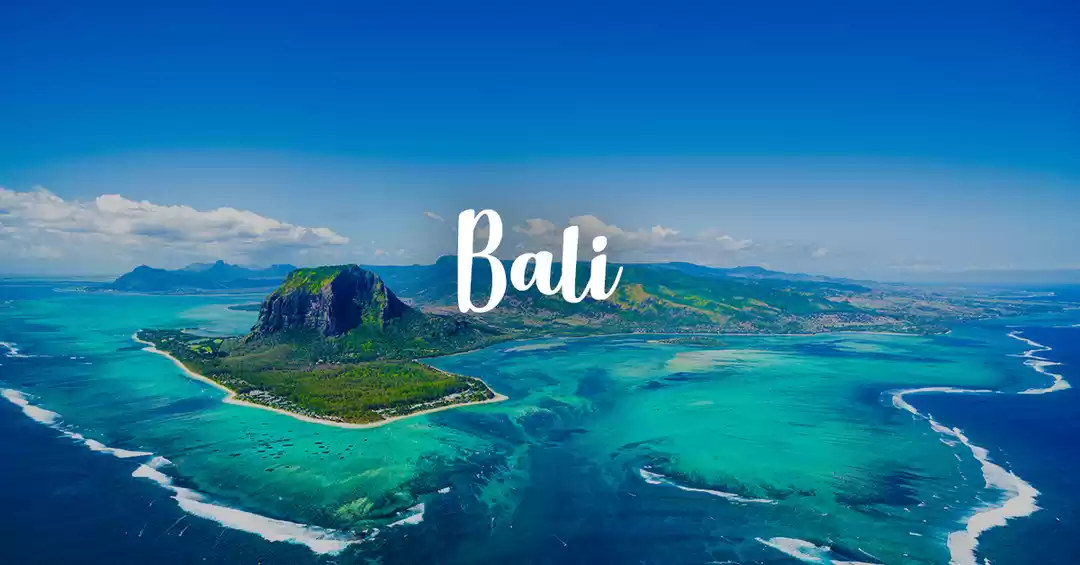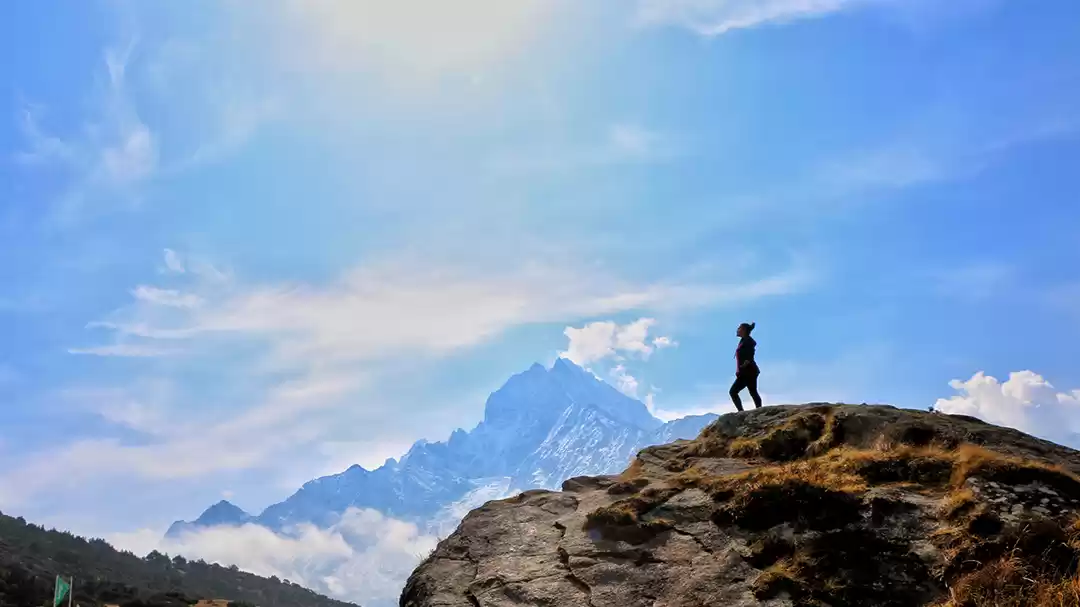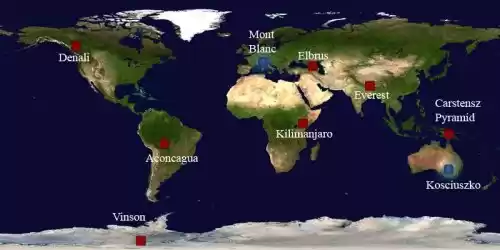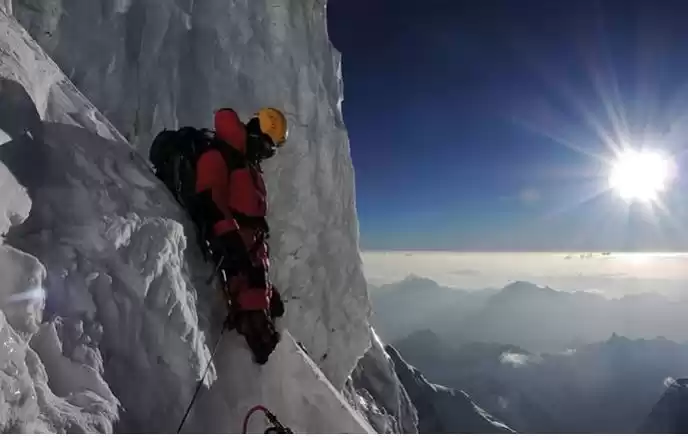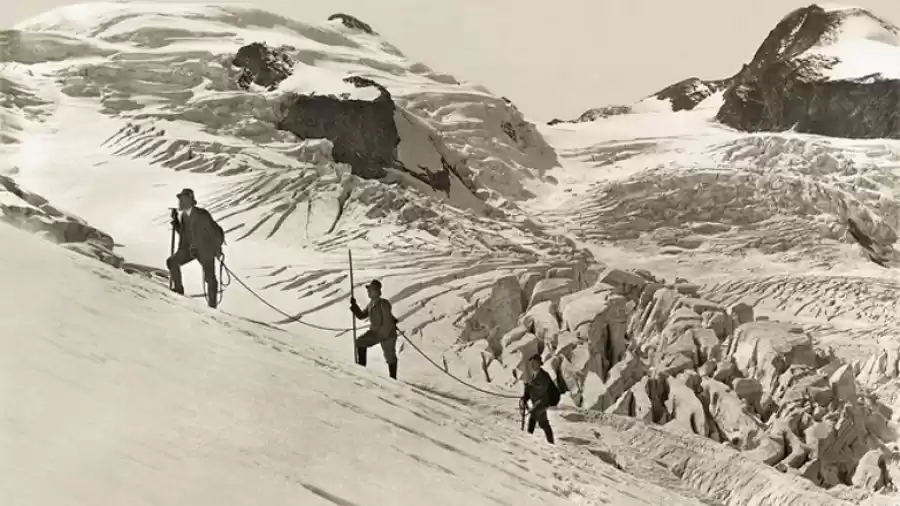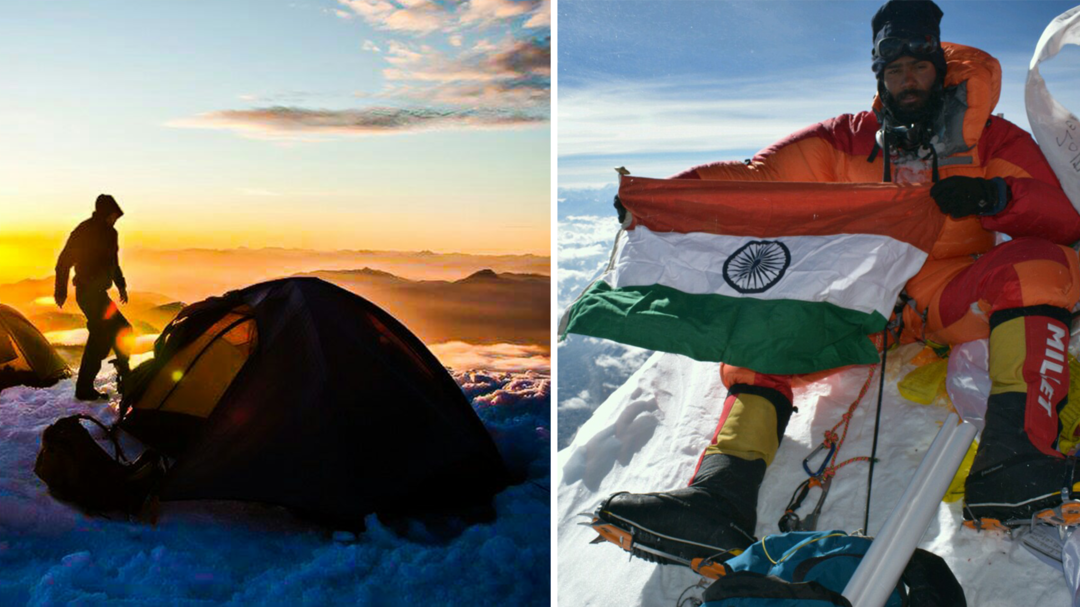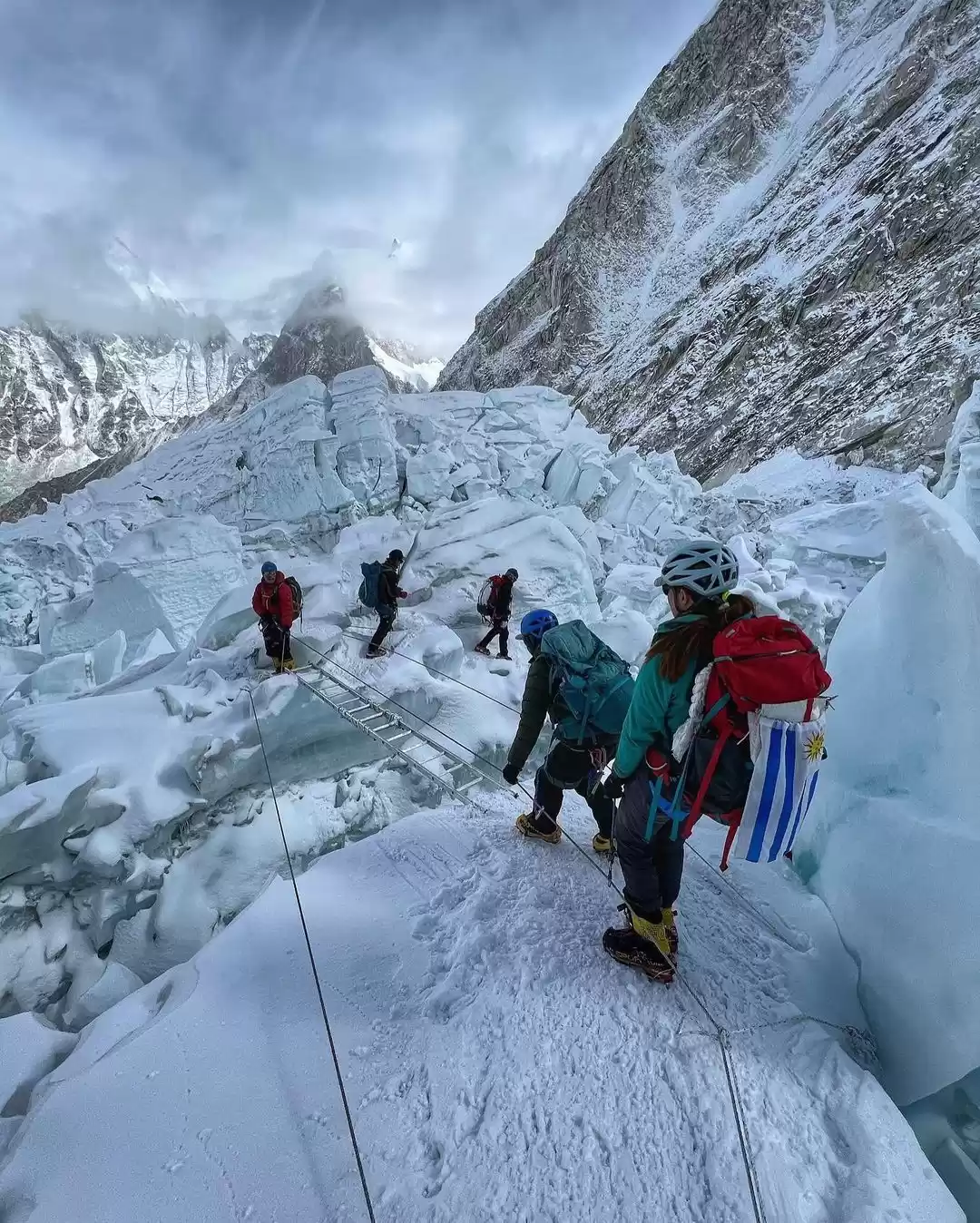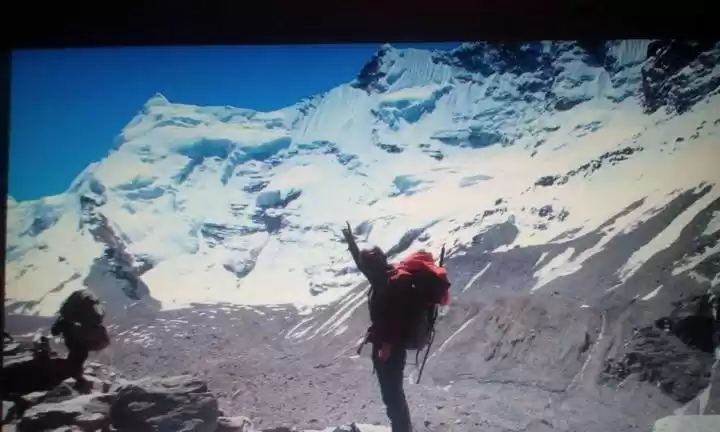
Harshvardhan has recently been making headlines for successfully summiting Mount Everest in 2021, that too with Covid-19! This impressive feat has gotten everyone curious about his journey, including me. So I reached out to him to find out how he accomplished this feat. Harsh joined me for a video call at 9:30 am. Behind him, there were maps and notes of the mountains strung up on his wall. He politely greeted me, his skin still sunburnt from his climb to Mount Everest. Here’s what he revealed in our conversation.
What made you switch to mountaineering from your life as an IT engineer?
Growing up in Vasai, India, I was averse to sports and played video games at home. I became an IT engineer with no clue about Mount Everest. But my life changed when I met with a group of doctors who would constantly trek to the mountains. I met them while selling computers and decided to join them on a trek. After my first trek with them, I fell in love with the idea of climbing Everest. I pursued several mountaineering courses to help me gain exposure. I always knew I would make it someday.

How did you prepare for this gargantuan expedition?
After trekking for a while I realised all the mountaineering courses I took were useless. Nothing beats practical experience. The more time you spend amidst the mountains, the more the mountains teach you.
I would train at a temple situated on a hill in my hometown. I didn’t have fancy equipment or gear to train, nor did I wait for it.
Financially, a goal like scaling Everest is an expensive one and can even cost a few crores. Since 2015 I have sought sponsorships and financial aid.
How much of the preparation is physical and how much mental?
It’s definitely mind over matter for me. 70% of what you accomplish is from mental effort while 30% is physical effort. Scaling Everest was proof of this ideology for me.

You tested positive for Covid-19 just before your climb. What was going through your mind?
I was leading the testing of climbers at the base camp and followed a disciplined approach. There are many symptoms you experience at those high altitudes that are similar to Covid-19 symptoms. It’s tough to differentiate between the two.
When I discovered I’d tested positive, I consulted seven doctors, onsite and virtually. Some advised me to return to Kathmandu. Some suggested that I was healthy for the ascent. I isolated myself and tracked all my vitals. I took vitamins, did Pranayama and followed a scientific approach. After 10 days, when I was certain that I would not pass on the virus, and with my doctors’ advice, I took a calculated risk and worked towards the upcoming weather window. Since I was largely asymptomatic and fully vaccinated, I was in a relatively healthy state.

What were the last 30-minutes to the summit of Everest like for you?
It was extremely windy, exhausting and I was low on confidence. The night was an uncomfortable one. Most climbers depart camp between 6 pm and 8 pm for an early start to the summit. But I chose to wait, hoping the wind would reduce, but in vain. My two sherpas and I watched for headcounts to gauge how many climbers succeeded. I set out by 9:40 pm the previous night of the summit when I felt right about it. The visibility was high because of the whiteness of the snow and the clear skies.
There was no time to stop and enjoy the beautiful sights. We had to move quickly as the wind speeds were high. We had to hide behind boulders just to change our oxygen cylinders.
Around 4 am, the skies turned into an array of spectacular colours. Orange, purple and violet hues filled the sky as the shadow of Everest formed a pyramid to my left. At 6: 30 am I made it to the summit with my sherpas. I was so emotional but couldn’t even cry because the air would freeze my tears. I was expecting to feel incredible. But I felt indifferent. I was just happy and relieved that it was done.

Your story is an inspirational one. Is climbing Everest for everyone?
Yes! Everest is for everyone. I’m determined and disciplined. As long as you make up your mind to accomplish the climb, you will succeed. It’s not tough if you stop finding excuses. But I would recommend proper training. Many people assume that just because amputees and visually impaired climbers have succeeded, they can too. You need to train well, have a good attitude and understand that when you’re out there, you’re completely responsible for every decision you make. And these decisions can kill you.
You have conquered one of the biggest challenges for a human. What’s next?
Right after scaling Everest, I tried to scale Lhotse, another 8000-metre climb. Sadly, the weather gods were not on my side. So I would like to attempt climbing Manaslu. I also wish to scale Everest again, this time from the Northeast Ridge route from Tibet.

Harsh has inspired many to achieve big things but with a practical approach. He is a shining example of (realistic) goals that defy the odds! I can’t wait to see what stories Harsh’s expeditions unravel!
Earn credits and travel for free with Tripoto's weekend getaways, hotel stays and vacation packages!
Watch travel stories come to life with Tripoto on Youtube!













